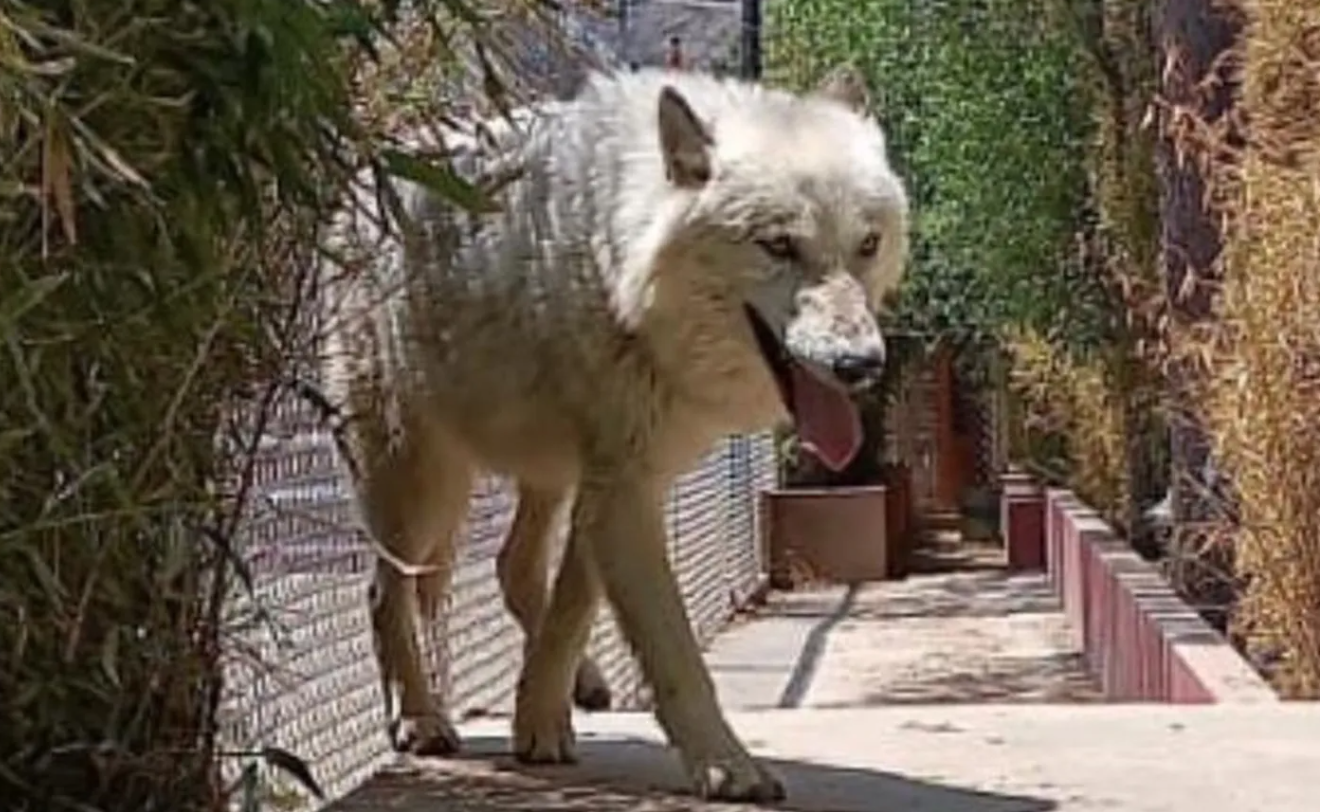In the world of high-value pets, cloning is no longer a curiosity — it's becoming a strategy. From Persian cats to rare designer dog breeds, collectors in the UAE and Saudi Arabia are turning to advanced biotechnology to preserve the most coveted traits in their prized animals.
For elite breeders, luxury collectors, and pet lovers with rare or one-of-a-kind companions, cloning offers a way to extend a genetic legacy and ensure continuity of traits that are nearly impossible to replicate through standard breeding.
What Counts as an Exotic Pet?
Exotic pets can range from:
- Long-haired purebred cats like Persians and Maine Coons
- Small designer dogs such as French Bulldogs and Pomeranians
- Uncommon mixed breeds with specific coat colors, behaviors, or physical traits
- Rare or imported breeds with cultural or aesthetic value in the Gulf
In this niche world, uniqueness equals value — and cloning protects that value.
Why Cloning Instead of Breeding?
Traditional breeding introduces genetic variability. Even if two purebred parents are selected, their offspring may not inherit the desired appearance, temperament, or health profile.
Cloning, on the other hand, creates a genetic twin of the original animal. It does not involve genetic modification — instead, it preserves the exact DNA, resulting in a pet with identical genetics.
This matters deeply to collectors who have spent years curating and caring for pets with highly specific traits. Whether it’s a Persian cat with a flawless coat or a toy poodle with rare coloration, cloning offers predictability that traditional breeding can’t guarantee.
How It Works
Cloning starts with a tissue biopsy, ideally taken while the pet is alive and healthy. The sample is used to extract live cells, which are then cultured and stored in a biobank. Skytyx supports this entire process in the UAE and Saudi Arabia, from DNA collection to international lab handling.
When the time comes, the cultured cells are used to create an embryo, which is then implanted into a surrogate animal. After a standard gestation period, the cloned animal is born — genetically identical to the original.
The Importance of DNA Banking for Exotic Pets
Because many exotic pets have short life spans or health vulnerabilities due to selective breeding, banking their DNA early is critical. Waiting until the animal passes away can reduce the chances of a successful clone.
To ensure viable cell culture, samples must be collected within 1–3 days post-mortem and stored in a refrigerator (not freezer). But the safest option is always a live biopsy, which is minimally invasive and preserves maximum cellular integrity.
Who’s Choosing to Clone Exotic Pets?
In the Gulf region, cloning is attracting:
- Private collectors who specialize in rare breeds
- Show pet owners seeking to preserve winning traits
- Families emotionally bonded to a unique animal
- Breeders protecting and perpetuating valuable bloodlines
This isn’t just a technological service — it’s an emotional investment. Owners often describe their exotic pets as irreplaceable and cloning as the only way to preserve their animal’s uniqueness.
What Does It Cost?
Cloning exotic pets typically ranges from $85,000 to $150,000, depending on the species and complexity of the process. This includes:
- Biopsy and sample preservation
- Cell culture and embryo development
- Surrogacy and delivery
- Postnatal care and documentation
Skytyx also offers pet DNA storage as a standalone service for owners who want to preserve cells now and decide on cloning later.
Final Thoughts
Cloning exotic pets is a rising trend in the Gulf’s luxury pet landscape — blending science, emotion, and legacy. As biotechnology becomes more accessible, pet owners are taking proactive steps to preserve not only the memory, but the biology, of their rarest companions.
Whether you’re an established breeder or a passionate owner of an unforgettable pet, Skytyx is here to help you secure the future of your animal’s lineage — one cell at a time.
